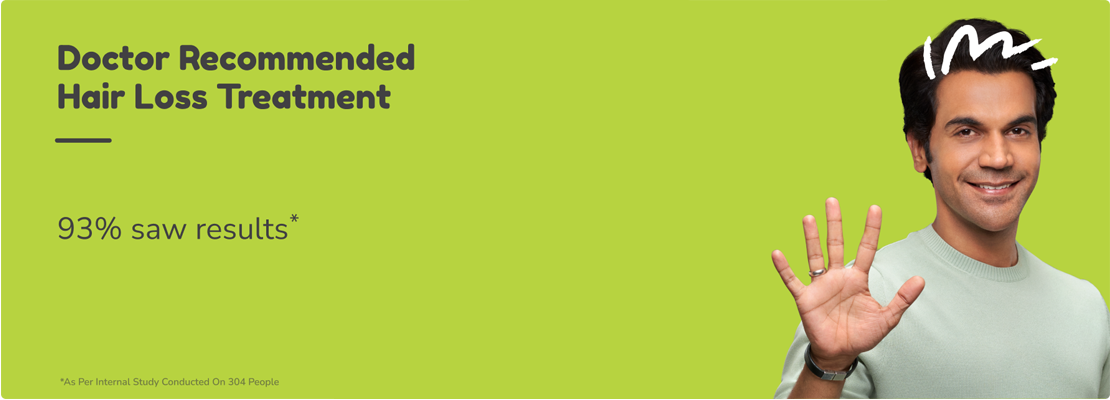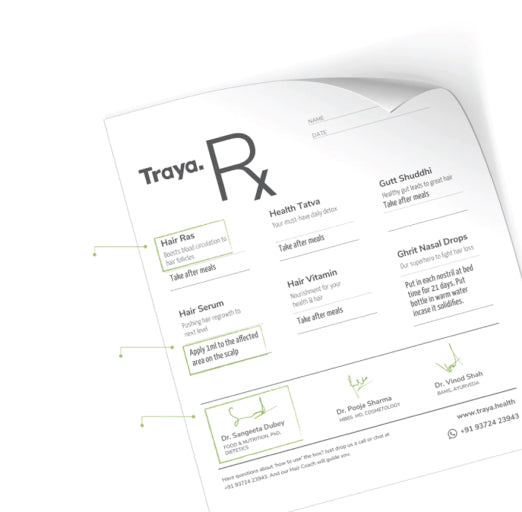Folliculitis is a type of skin condition, caused by a fungal or bacterial infection, which leads to the inflammation of the hair follicles and an itchy scalp. In many ways the symptoms of scalp folliculitis are similar to scalp psoriasis but there are also significant differences. They might initially appear as white or red bumps around infected hair follicles in any part of the body and later lead to an escalated condition in which they form crusty sores all over the body.
The most common areas that folliculitis affects are the chest, face, buttocks, legs, arms, genitals and head. Folliculitis does not affect the palms, soles of the feet and the lips. Folliculitis is an irritating problem which could affect all people and causes a lot of discomfort to the individual including scalp pain, but it is quite harmless and easily treatable.
What are the Causes of Scalp Folliculitis?
The most common reason for scalp folliculitis is a bacterial infection by Staphylococcus aureus. It could also be a result of viral or fungal infections and a possible cause is also inflammation caused by trauma. Some of the microorganisms responsible for follicular infection include:
- Bacteria
- Mites
- Yeast or Fungi
- Viruses
Certain factors make you more vulnerable to folliculitis. The following are some folliculitis causes:
- If you are already suffering from dermatitis or acne
- An injury caused by improper shaving
- If you are suffering from any sort of medical problem that compromises your immune system such as AIDS, leukaemia or diabetes
- Frequent wearing of clothing items or accessories that locks sweat or heat, like high boots or rubber gloves
- Having a dip in an ill-maintained pool or tub. The area covered by your swimsuit will be the most affected. The effects are normally seen at least 12 hours to 2 days after you are exposed to the water.
- Improper or rough shaving which causes damage to the hair follicles in that part of the body
- Substances like tar which clog the skin
- Curly-haired males are more susceptible to scalp folliculitis when they shave
- If you are under medication with steroids and antibacterial cream and have been using them for a long time
- Wearing of tight hair braids
- A exposed wound or injury which allows bacteria to spread to the follicles
- Excessive use of hair products like oils, gels and shampoos could irritate the scalp and cause infection.
How to Detect Scalp Folliculitis?
Your doctor will take a look at your skin, go back to your previous history and look at medical reports to diagnose any infection. He might also opt to examine your skin with the help of a microscope. If the initial round of scalp folliculitis treatment do not help, the doctor might take a swab of your infected area to establish which strain of bacteria or fungus has caused the infection. If the results are yet inconclusive and the infection persists, a biopsy might be required for a conclusive diagnosis.
In the beginning scalp folliculitis appears as a cluster of small red pimples on your scalp with a possible white tip. This could in course of time spread and infect the neighbouring hair follicles and turn them into crusty sores. The regular symptoms of scalp folliculitis are:
- Tiny red pimples
- White heads
- Sores filled with pus that turn crusty
- Inflamed and red skin
- A little pain
- Mild fever
- Swelling
- Burning and itching
What are the Ayurvedic Scalp Folliculitis Treatment?
Ayurveda attempts to correct the imbalance of the affected dosha and establish normal body functions. According to Ayurveda poor hygiene, oppressive hot and humid weather conditions and lack of nutrition could increase the possibility of hair follicle infection. The first thing that Ayurveda recommends to solve hair and scalp folliculitis issues is the incorporation of a proper diet.
- It is very important to keep the body well hydrated. Drink at least 8-10 glasses of water every day. This is very useful in helping maintain the appropriate moisture levels in the scalp.
- A good balanced diet with proper nutrition in the form of a nutritious combination of fruits, curd and vegetables. Foods which have good nutrient content like vegetable and tomato soups are also very essential.
Ayurvedic therapies need to be based on body type and constitution. A good concoction of herbs and oil massage on the scalp would go a long way in solving your hair and scalp folliculitis issues. Let’s look at some ayurvedic and scalp folliculitis treatment using home procedures.
- Shirodhara: This is a process of dropping medicated oils slowly on the forehead from a vessel kept at a particular height from the head. The oils move from the forehead to the scalp and allow the therapist to give you a relaxing therapeutic massage. This process also helps exfoliate the layers of scalp by removing dead cells and impurities.
- Shiro lepa: This process uses a paste made of various ayurvedic herbs and plants. After the paste is applied on the head it is covered with a banana leaf after creating a small opening on the top of the scalp. Medicated oils are then poured through the opening and covered with the lepa. This enhances the effect of the lepa as they interact with the tissues. This has a soothing effect on the body and is also very good for hair health.
- Bhringraj oil: Bhringraj oil is a very good remedy for all kinds of folliculitis especially scalp folliculitis. The anti-microbial agents are potent as they help combat infection and reduce inflammation while at the same time help balance your doshas. You can use bhringraj oil for a rejuvenating oil massage and also shampoo with a bhringraj shampoo to heal folliculitis.

- Neem: Neem is an excellent remedy for any sort of hair infection including inflammation and bacterial infections. Though neem is used in the preparation of different shampoos, creams, soaps and oils, you should apply cold pressed organic neem oil diluted slightly with almond oil for best benefits. Neem has potent cooling properties and can help control the pitta in the body which can be effective in treating folliculitis. Applying aloe vera juice to the affected areas will go a long way in solving your folliculitis issues.
- Aloe Vera: The use of diluted aloe vera gel is one of the best remedies for folliculitis. Aloe vera is naturally blessed with a lot of enzymes which are very good for itchiness and swelling. Apply the gel freshly extracted from aloe vera leaves and apply it 3 times a day on the affected area for best results.
- Triphala Churna: Triphala Churna is capable of introducing numerous benefits for hair including stopping hair fall as well as increasing hair growth. It is also used frequently in the scalp folliculitis treatment. Triphala can be used with soured buttermilk to make a paste for a hair mask. It can also be used as shampoo in its dry form.
- Coconut: Coconut in its various forms has been used since time for a variety of hair ailments. The presence of capric and lauric acid work effectively in preventing any type of microbial infection. The low density of coconut oil helps it penetrate the hair shaft and bolster the strength of the hair roots.
Heat grated coconut on the gas for about 5 minutes. Strain it and after it cools add a teaspoon each of methi and crushed black pepper. Apply it thoroughly to your hair and scalp. Wash it after half an hour. This is one of the effective home remedies for folliculitis.
- Fenugreek Seeds: The presence of a number of beneficial plant compounds and the goodness of iron and protein in fenugreek seeds make it a great remedy against any sort of microbial and bacterial infection. It is also very good in hydrating the scalp and providing a soothing feeling.
Make a paste of fenugreek seeds which have been soaked overnight in water. Apply to hair and scalp and rinse off after half an hour.
- Onion: The rich sulphur content in onions is very good for increasing blood circulation in the scalp. It also had potent antibacterial qualities. Onion also has antioxidants like vitamin C, and potassium and fibres with anti-inflammatory properties. You can mix lime juice with onion juice to minimise the strong smell.
Ways to Prevent Scalp Folliculitis
Preventing Scalp Folliculitis is not a difficult task at all. All you have to do is to follow some simple hygiene procedures to ensure that you are less susceptible to any infections.
- Have your bath regularly and do not forget to have one after a workout.
- Shave whenever required and not too frequently.
- If you are experiencing minor bumps on the scalp, do not scratch them for you might aggravate the injury and spread the infection.
- Avoid tying up your hair too tightly
- Try to use tubs or pools that have been properly sanitised.
- Do not put too much oil on your scalp, especially for the people who have naturally oily hair. This will only end up clogging your pores
- Try to use mild soaps.
While a person could recover from a mild case of folliculitis without treatment some more infectious forms may lead to more complications. That is why an early diagnosis is so very important to establish the cause and ensure that the proper course of scalp folliculitis treatment is followed. Scalp folliculitis treatment using home procedures are helpful enough. For all your hair issues do not hesitate to take the help of our experts at Traya who will ensure that you are firmly seated and fast on your way towards hair health.





































